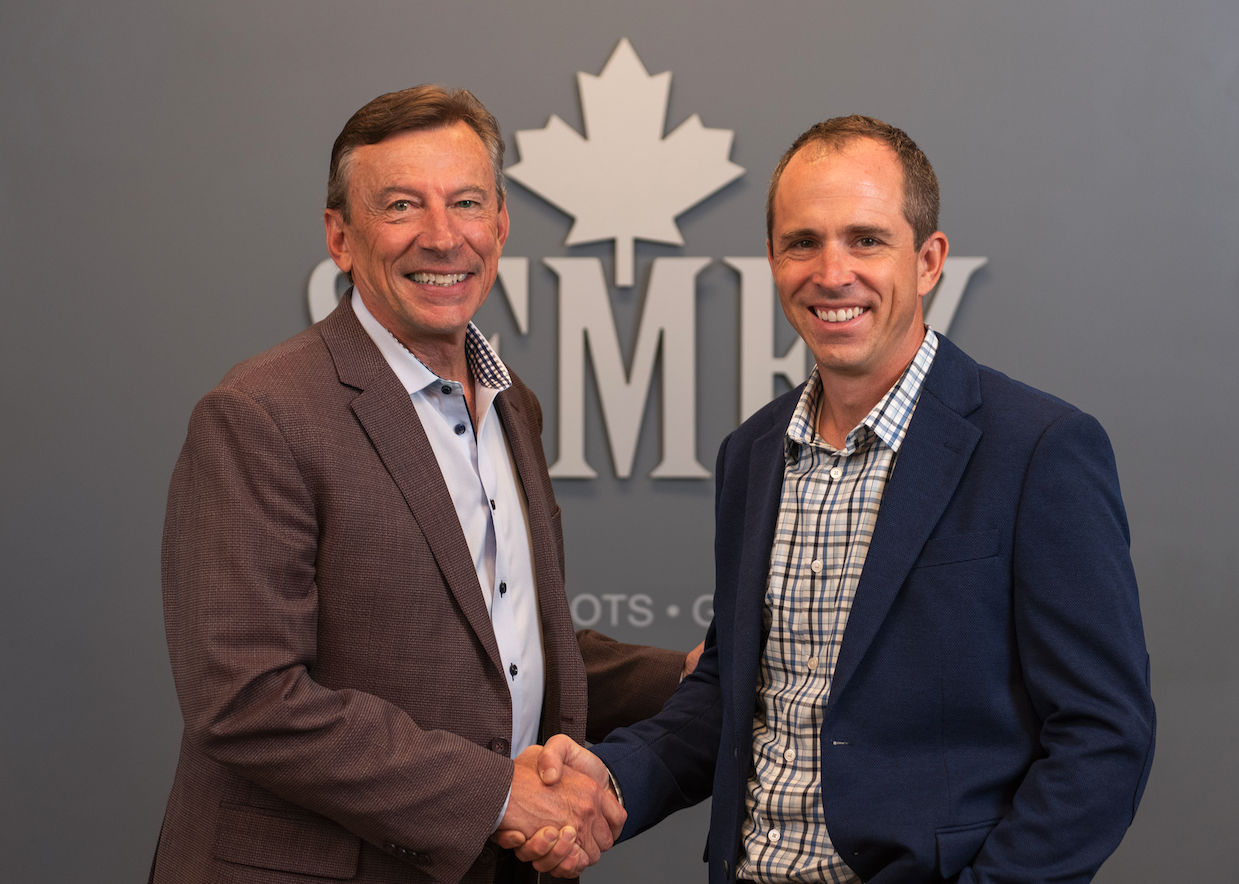The Three P's of Pregnancies
Mark E. Carson BSc. (Agr). MSc., Gencor Herd Reproduction Analyst
 We’re often asked what top reproductive herds do to achieve reproductive success. Unfortunately, there are no magic tools that work across all herds, but here are some common management techniques which help herds find success. These are called “The Three P’s for Pregnancies.”
We’re often asked what top reproductive herds do to achieve reproductive success. Unfortunately, there are no magic tools that work across all herds, but here are some common management techniques which help herds find success. These are called “The Three P’s for Pregnancies.”
- Plan
A plan without goals is like taking a trip without a destination; you’ll never know if you achieved the results that you set out to get! Setting up a plan with specific goals is critical to your reproductive success. Although the end goal is always to get cows pregnant, other measurements of reproductive performance are needed to ensure your cows are getting pregnant in an effective and efficient manner.
Here are the key questions that your plan needs to answer to make sure your herd ends up at the right destination:
• What pregnancy rate do I want to achieve? Average pregnancy rates in many places are at 14%. A herd goal should be well above the average at +20% .
• How many pregnancies per month do I need? It is suggested that 10% of your herd should be calving every month. To achieve 10% calving per month, at least 10% of your herd should be getting pregnant each month.
• When on average does first breeding occur? We recommend that all cows get bred within 30 days after the voluntary waiting period has expired. So, if you planned to begin breeding your cows at 60 days after calving, ideally all cows should be bred for the first time by 90 days in milk. For herds that do the majority of first breedings with a synchronization protocol, all inseminations should occur in accordance with the timed A.I. schedule.
• How long does it take to identify open cows after breeding? Many herds have effective protocols in place to make sure first insemination occurs, but struggle to get open cows re-inseminated. Make sure your cows don’t go to long without having their pregnancy status confirmed. A good goal is to have all pregnancies confirmed by 40 days (or less) after breeding.
- Protocol
Once you’ve planned out your goals, it’s time to lay out the rules and guidelines to achieve reproductive success. Having protocols in place is a critical part of any reproductive program. Protocols help ensure no cow slips through the cracks, and that all cows have an opportunity to get pregnant in a timely matter.
Below are three key areas that need to be identified when making up reproductive protocols. Answering these questions and reviewing the answers with your herd veterinarian is key to success:
• Voluntary waiting period. How long do you wait after freshening before you start breeding cows? How do you identify cows that are past the voluntary waiting period?
• Days in milk at first breeding. When will all first breedings be completed by? What tools (visual heat detection, activity monitoring, timed A.I., etc) will be used to achieve this goal? When will the tools be used?
• Identifying Open Cows and Re-Breeding. How often do I pregnancy check? What actions will be taken if cows are checked open?
- Partnerships
For your herd to have a successful reproduction program, it is important to develop relationships with those who work with your cows. An excellent working relationship with your veterinarian is critical. Regular herd health checks should occur every 1 to 4 weeks (depending on herd size) to help identify cows that are open and need action to be taken. Make sure you work with your herd veterinarian to design protocols that will get your cows pregnant.




.jpg)


















